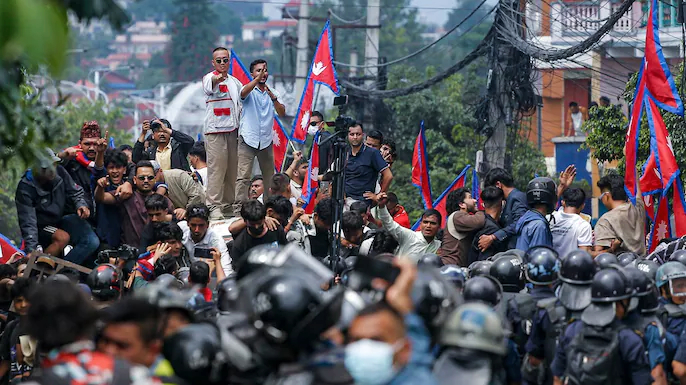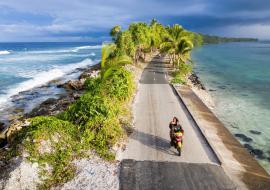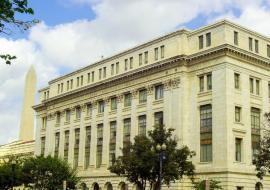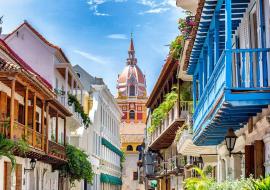Political Instability in Nepal Deals a Heavy Blow to Tourism

Nepal’s ongoing political instability is threatening to stall one of the country’s most important economic engines: tourism. In recent weeks, mass protests sparked by the controversial ban on social media have spiraled into street violence, fires in public and private buildings, and the subsequent resignation of Prime Minister K.P. Sharma Oli. The crisis not only reshapes the country’s political landscape but is already impacting the arrival of international visitors.
The most severe unrest has taken place in Kathmandu, where clashes with police and the burning of several buildings, including luxury hotels, have been reported. These scenes prompted countries such as India, the United Kingdom, and the United States to issue travel advisories, urging their citizens to avoid nonessential trips to Nepal. Combined with the curfews imposed by the Army, the alerts directly undermine the country’s image as a safe destination.
The tourism sector, which contributes about 7% of Nepal’s GDP, is already feeling the effects of the crisis. Local operators are reporting mass cancellations of hotel bookings, mountain treks, and cultural activities. International travel agencies have suspended the sale of packages to Nepal, while airlines such as IndiGo have temporarily halted flights to Kathmandu to assess the situation.
Beyond the immediate drop in visitor arrivals, the crisis is creating a domino effect across the national economy. Thousands of families depend on tourism—from mountain guides and porters to artisans and small hospitality businesses. With fewer travelers and greater uncertainty, many of these enterprises face the prospect of temporary closures or significant losses at the height of the season.
In the short term, recovery looks difficult. Tourism infrastructure has been damaged, domestic mobility is limited, and Nepal’s international image has been severely tarnished. Even if a stable transitional government is formed, a coordinated effort will be required to restore confidence in the destination. Experts note that revival will depend as much on security in the streets as on a clear message of openness to the outside world.
Renowned for its Himalayan landscapes, the spirituality of its temples, and its hospitality, Nepal has weathered crises in the past—from internal conflicts to the devastating 2015 earthquake. However, the current political turmoil underscores the fragility of an industry that relies heavily on stability and global perception. Today, more than ever, the future of Nepal’s tourism is being played out not only on its mountain trails but also in the country’s political arena.
Kathmandu. – Nepal’s ongoing political instability is threatening to stall one of the country’s most important economic engines: tourism. In recent weeks, mass protests sparked by the controversial ban on social media have spiraled into street violence, fires in public and private buildings, and the subsequent resignation of Prime Minister K.P. Sharma Oli. The crisis not only reshapes the country’s political landscape but is already impacting the arrival of international visitors.
The most severe unrest has taken place in Kathmandu, where clashes with police and the burning of several buildings, including luxury hotels, have been reported. These scenes prompted countries such as India, the United Kingdom, and the United States to issue travel advisories, urging their citizens to avoid nonessential trips to Nepal. Combined with the curfews imposed by the Army, the alerts directly undermine the country’s image as a safe destination.
The tourism sector, which contributes about 7% of Nepal’s GDP, is already feeling the effects of the crisis. Local operators are reporting mass cancellations of hotel bookings, mountain treks, and cultural activities. International travel agencies have suspended the sale of packages to Nepal, while airlines such as IndiGo have temporarily halted flights to Kathmandu to assess the situation.
Beyond the immediate drop in visitor arrivals, the crisis is creating a domino effect across the national economy. Thousands of families depend on tourism—from mountain guides and porters to artisans and small hospitality businesses. With fewer travelers and greater uncertainty, many of these enterprises face the prospect of temporary closures or significant losses at the height of the season.
In the short term, recovery looks difficult. Tourism infrastructure has been damaged, domestic mobility is limited, and Nepal’s international image has been severely tarnished. Even if a stable transitional government is formed, a coordinated effort will be required to restore confidence in the destination. Experts note that revival will depend as much on security in the streets as on a clear message of openness to the outside world.
Renowned for its Himalayan landscapes, the spirituality of its temples, and its hospitality, Nepal has weathered crises in the past—from internal conflicts to the devastating 2015 earthquake. However, the current political turmoil underscores the fragility of an industry that relies heavily on stability and global perception. Today, more than ever, the future of Nepal’s tourism is being played out not only on its mountain trails but also in the country’s political arena.














